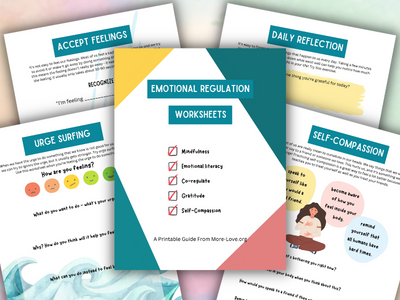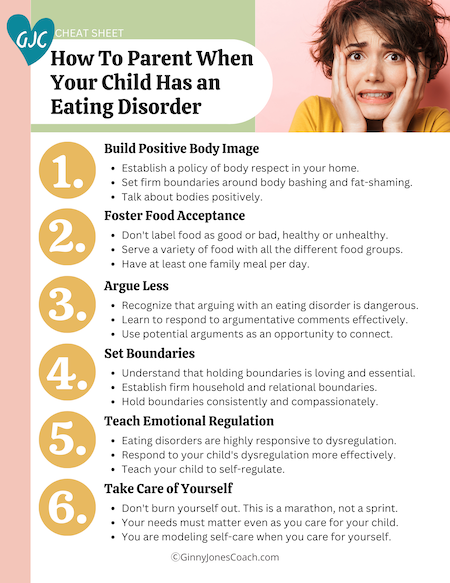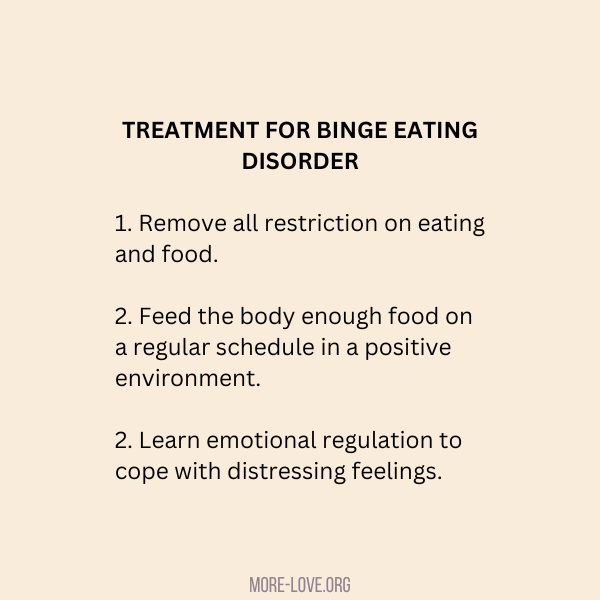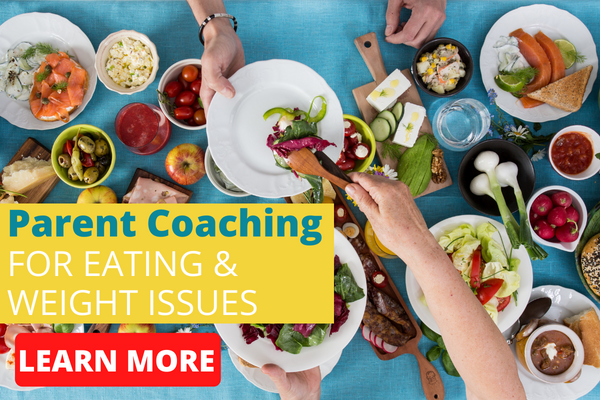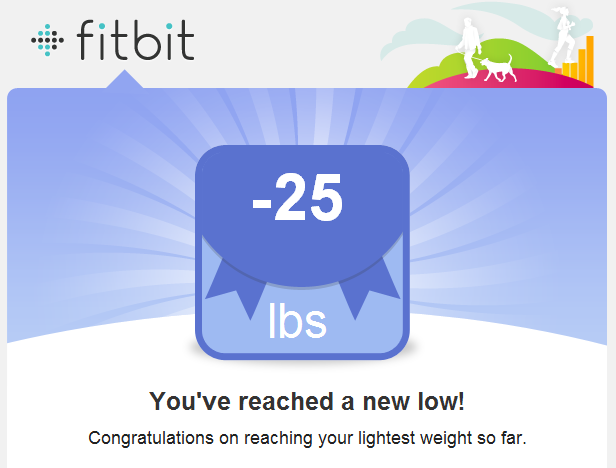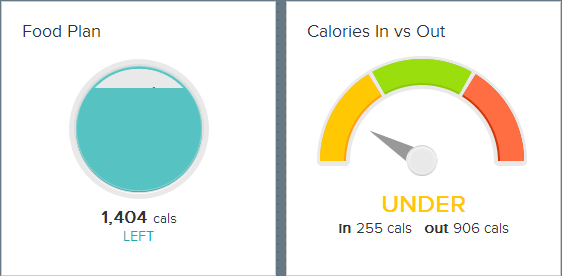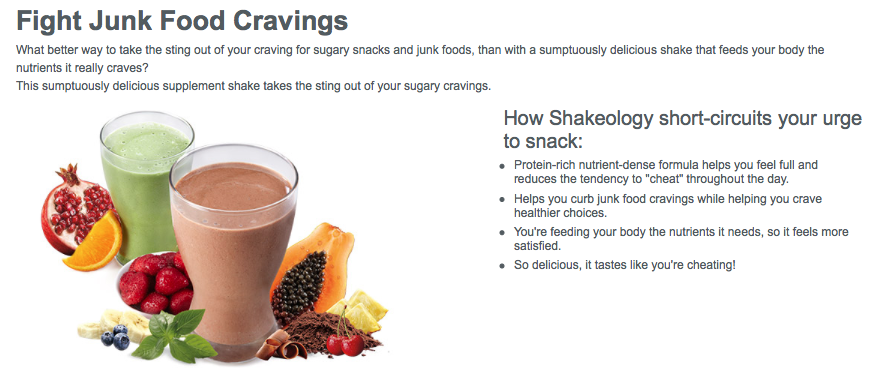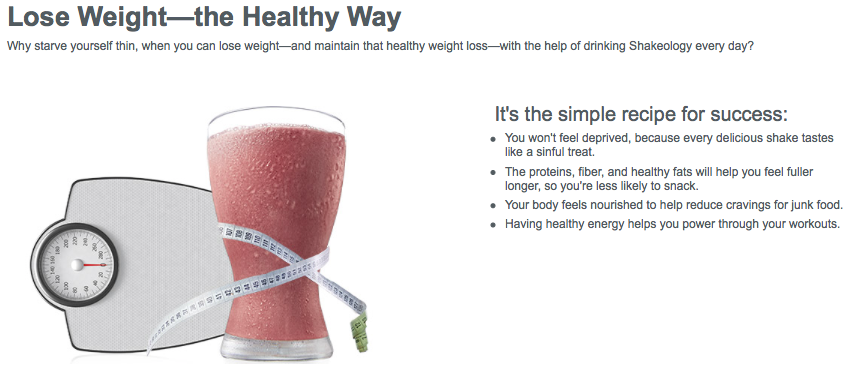
Self-harm and eating disorders often coexist, and both are on the rise. A recent study found that nearly 1 in 4 teenage girls ages 14-18 in the United States engages in non-suicidal self-harming behavior. (American Journal of Public Health) Self-harm is the act of hurting oneself on purpose. The most common methods are cutting and burning.
Self-harm often co-occurs with eating disorders. One study estimated that about 25% of people in treatment for bulimia and 23% of people in treatment for anorexia engage in self-harm. (Eating Disorders) Based on my interviews and research, I estimate the number of people who both self-harm and have an eating disorder to be much higher than that.
Eating disorders and self-harm:
- Often occur together
- Require immediate, specialized help
- Are powerful emotional coping methods
- Frequently misunderstood as manipulation tactics
- Use the body as a communication vehicle
Why self-harm?
Self-harm may seem like a bizarre behavior. But it is actually a powerful self-soothing activity that is a way to manage otherwise inexpressible anguish. In other words, the person who engages in self-harm is in a tremendous amount of psychic pain. Like eating disorders, self-harm is a powerful form of non-verbal communication. Both can be a call for help when the person suffering lacks adaptive methods of seeking support.
Researchers have found that people who self-harm develop a conditioned response to pain similar to the numbing created by opiate drugs. This response is why many people who self-harm feel “addicted” to their behavior. They often experience powerful cravings and withdrawal-like symptoms when they try to stop.
Emotional Regulation Worksheets
Give these printable worksheets to grow more confident, calm and resilient and feel better, fast!
- Self-Esteem
- Self-Regulation
- Mindfulness
- Calming strategies
Who self-harms?
Self-injurers are often bright, talented, creative achievers. Self-harm is common among perfectionist and people-pleasers who present a happy face even when they are suffering greatly.
People who self-harm often put on a mask of self-sufficiency and appear fiercely independent. Underneath their mask, people with both eating disorders and self-harming behaviors suffer from seemingly insatiable emotional hunger. They long for acceptance, love, belonging, approval, and nurturance. The self-harm becomes a way to soothe themselves.
Self-harm and eating disorders can be described as maladaptive coping mechanisms. They help relieve tension, release anger, regain a sense of self-control, and eliminate a sense of emotional deadness.
“I have come to regard these behaviors as morbid forms of self-help because they provide rapid but temporary relief from distressing symptoms,” says Marilee Strong, author of A Bright Red Scream: Self-Mutilation and the Language of Pain.
Self-harm and eating disorders
Researchers have observed common roots in both self-harm and eating disorders. They both have a strong correlation with childhood physical and emotional abuse, particularly sexual abuse. Oftentimes, the abuse was not acknowledged or adequately treated. As a result, the person may have suppressed the memory and “forgotten” it occurred.
Many (not all) people who self-harm and/or have eating disorders have untreated Post Traumatic Stress Syndrome (PTSD). They feel unable to talk about and seek comfort for their trauma. Instead, a person who has an eating disorder or self-harms seeks to process their trauma within their own body, alone.
It has been proposed that both self-harm and eating disorders use the body to work out psychological conflicts. They appear to provide temporary relief from overwhelming feelings of tension, anger, loneliness, emptiness, and self-hatred. Many people use maladaptive coping mechanisms to manage PTSD symptoms such as dissociation, flashbacks, and hyperarousal.
Both self-harm and eating disorders can build a form of identity around the maladaptive behavior. A person can become strongly associated with their maladaptive coping mechanism and extremely resistant to stopping their behavior. “They come to believe that they are their symptoms, that there really is nothing but a void inside, and that if they were prevented from cutting they would fall apart, go crazy, disappear, cease to exist,” says Strong.
What parents need to know about self-harm and eating disorders
First, parents need to know that self-harm and eating disorders are complex coping behaviors. They are maladaptive, but that doesn’t mean they don’t provide a deep sense of relief. Self-harm and eating disorder behaviors are calming and soothing behaviors. It helps when parents recognize that the behavior is indicative of desperate emotional turmoil.
Parents cannot simply demand that a child stop self-harming or engaging in their eating disorders. They also cannot trust the child who self-harms or has an eating disorder to stop without treatment. The fact is that it’s hard to stop without help. And if parents push too hard, children may say they are “cured.” Meanwhile, they just find a better way to hide their disorder.
Self-harm and eating disorders are neither manipulative nor attention-seeking. But their existence indicates that a child needs professional treatment.
Parents can become focused on the physical behaviors. But they must know that the pain their child is inflicting on their body pales in comparison to the acute psychological pain they are experiencing inside. Parents must train themselves to pay attention to the unexpressed pain vs. focusing on the harm exhibited on the body. The act of self-harm can be viewed as a “form of language written on the body,” says Strong.
What parents can do to help their child who self-harms
Parents are in a powerful position when it comes to helping a child who self-harms and/or has an eating disorder. But to help our children, we must learn more about what is going on. And we must prepare ourselves for a challenging recovery. Both self-harm and eating disorders are powerful behavioral compulsions. They should never be taken lightly or without sincere dedication to education and treatment.
Before following the steps below, you must assess whether your child is in immediate physical danger. Contact the National Suicide Prevention Lifeline (24 hours): 9-8-8 to determine whether hospitalization is necessary. Only consider these steps if you are sure your child is physically not in danger.
1. Plan your approach
It is a common mistake to fly into a panic and approach your child immediately when you suspect self-harming behavior. This can backfire and create a greater obstacle to recovery. Take some time to learn about self-harm. Internalize the fact that self-harm is not “manipulative,” “disgusting,” “abhorrent,” or whatever it is that you naturally first assume. Only approach your child once you can find compassion for the behavior. Try to respect its role in your child’s life. Your goal is to get them into treatment. But they won’t go if they don’t trust you. Don’t think you can solve this by yourself. Once self-harm and eating disorders become known, they require professional treatment.
2. Seek help
If your child is a minor, then research treatment options. Ideally, find someone who is trauma-informed and has experience working with children. If your child resists treatment, don’t be afraid to attend treatment with them until they feel safe. Work with the therapist to determine the best course of action. You can do some work around identity, family roles, and boundaries if your child isn’t ready to address the behavior yet. If your child is an adult, then you can gently suggest treatment, but unfortunately, you can’t force it. Nonetheless, attend family therapy if your child is willing to go. Or get therapy for yourself to uncover ways you can build trust in the relationship so that your advice is more likely to be heeded.
3. Begin treatment
Your therapist should help you identify the best course of treatment for your child. This may include various forms of therapy. For example, Dialectical Behavioral Therapy (DBT) has shown promise in treating people who self-harm. Also consider investing in family therapy. Self-harm is a private act your child is taking against themselves. But it is often indicative of larger challenges in your family structure. Your child may find greater success in recovery if everyone participates. This takes the entire burden of recovery off the child who is self-harming.
4. Become emotionally literate
Your child who is self-harming is suffering from a lack of language skills to express their pain and suffering. For whatever reason, they did not learn to process emotions in an adaptive manner. This means expressing negative feelings like anger, jealousy, grief, and fear. Parents can learn emotional literacy, which is the ability to accept, define, and express emotions. This will help children develop adaptive coping mechanisms to replace their self-harm and eating disorders.
5. Provide a balanced environment
Maladaptive coping mechanisms are responses that a person develops in response to emotional arousal. Emotional arousal is more likely in chaotic environments. This means that it really helps if you can create a calm, structured environment. Provide plenty of food, rest, play, comfort, and belonging.
6. Take it slowly
Never forget that self-harm and eating disorders provide a valuable form of self-care. If you try to remove the behavior before your child is ready, it may either dive deeper into the shadows or morph into another behavior like drug abuse, drinking, shoplifting, and more. Don’t try to control the behavior, but rather seek to replace it with kindness and compassion.
The most important thing a parent can do when their child is in recovery from self-harm is to trust that their child and the whole family can improve together. It takes a lot of effort, and will not be a perfect or linear process, but full recovery is completely possible.

Ginny Jones is the founder of More-Love.org, and a Parent Coach who helps parents who have kids with disordered eating and eating disorders. Combining science, compassion, and experience coaching hundreds of families, she helps parents understand what’s going on with their kids’ eating behaviors and teaches them the science-backed skills to heal kids’ relationship with food, improve their body image, and feel better about themselves, their relationships, and life in general.
Ginny has been researching and writing about eating disorders since 2016. She incorporates the principles of neurobiology and attachment parenting with a non-diet, Health At Every Size® approach to health and recovery.

